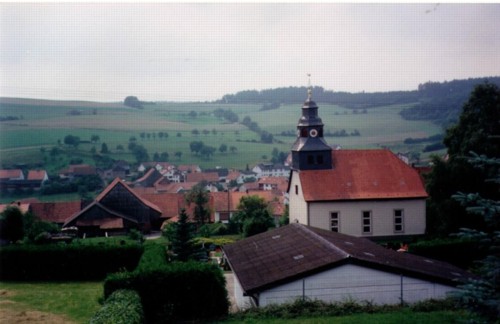It began in the land of Hesse
The Great Swabian Trek during the 18th century consisted of a series of massive waves of settlers from various regions of southwest Germany who travelled down the majestic Danube River into the farflung and devasted reaches of the Kingdom of Hungary after the destructive 150 year occupation by the Turks that had left it a wasteland. This ongoing migration would give birth to the Children of the Danube, part of a larger ethnic group that future ethnologists would later designate as the Danube Swabians.
This site invites you to join that adventure and migration into a virtual wilderness that was undertaken by these courageous men, women and children who boarded flimsy rafts, crowded barges and single masted ships and headed out into the unknown following the course of the Danube River in their quest to find the Promised Land both for themselves and the generations who would follow them.
In maintaining their traditions, language, culture and faith they developed an identity uniquely their own as the Children of the Danube, while also creating an economic miracle in the heavily forested hills and valleys of what would become Swabian Turkey in the Counties of Tolna, Somogy and Baranya.
Their lives, struggles, experiences, history and tragic destiny are the focal point of this site focussing on the extended families of four of these settlers who ventured down the Danube from Hesse. Young Konrad Tefner of Weichersbach, Johann Gottlob Frischkorn and his family from Neuen Gronau, Johann Christoph Bitz, his wife Maria Margaret and their small children from the Odenwald and Adam Fischer, who unlike the others did not provide his home address in Hesse because he probably left illegally. But that’s all part of the larger story. One they shared with all of the other families who experienced the same history and would suffer a similiar fate with them as the Children of the Danube along with the generations who followed them.
Be sure to visit the news section to catch the latest updates. Also, visit the Articles and Genealogy sections for other information that will help provide an historical understanding of the origins of the Children of the Danube in Hungary, their subsequent development and the later destruction of their communities.
